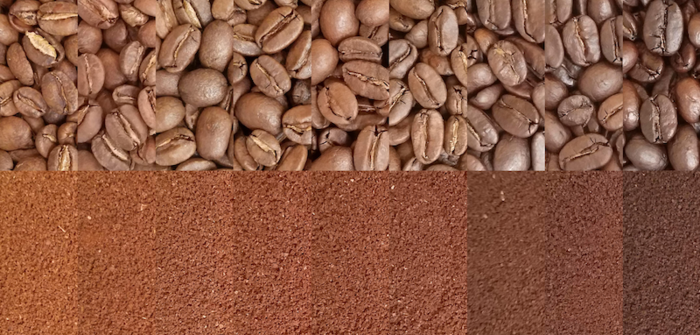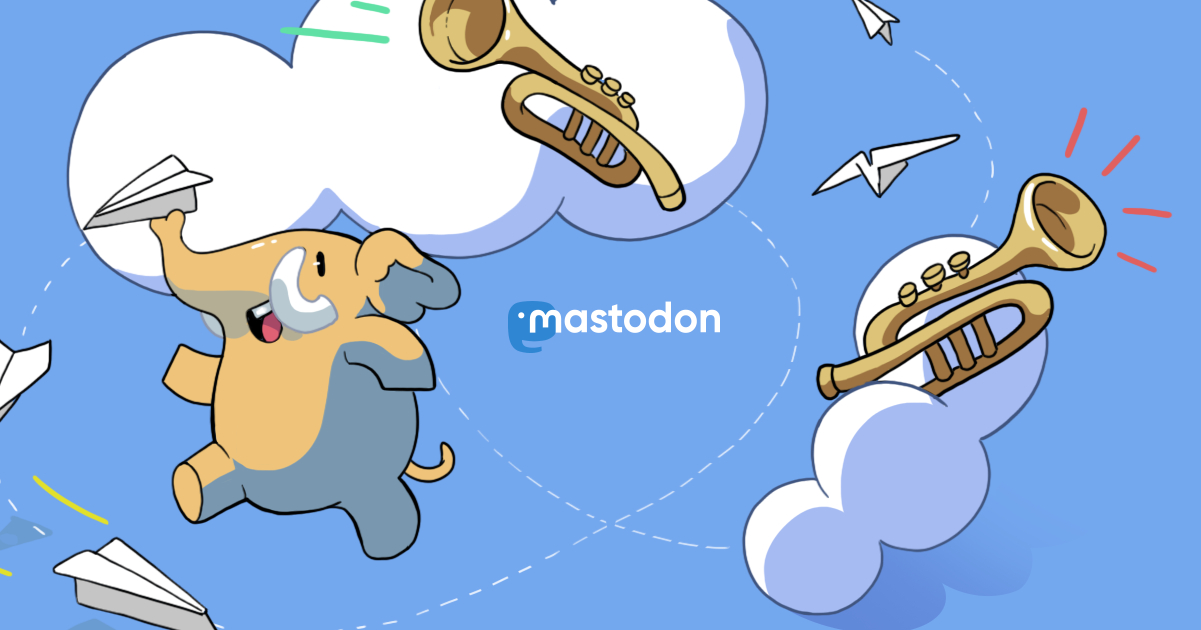
One of these days I'll upgrade the data logging on the lab roaster. The hardware is only a 10 bit ADC with suboptimal full scale range getting fed from a signal conditioner with too broad a range. Channel isolation is bad and signals are noisy. I needed to bust out the math to get this working acceptably, but it would be better to just swap in better data acquisition hardware.
The importer sent a roasted sample of one of the Ethiopian coffees along with the green coffee. My standard for sample roasts is a little darker, exhibits fuller expansion. My aim with that is to maximize perceptible differences among coffees while not masking defects. This is not to be confused with making the coffee taste as delicious as possible, which comes later in the product development process.
- Software
- https://typica.us
- Send Money
- https://typica.us/payment.html
Author of Typica software for coffee roasters.
